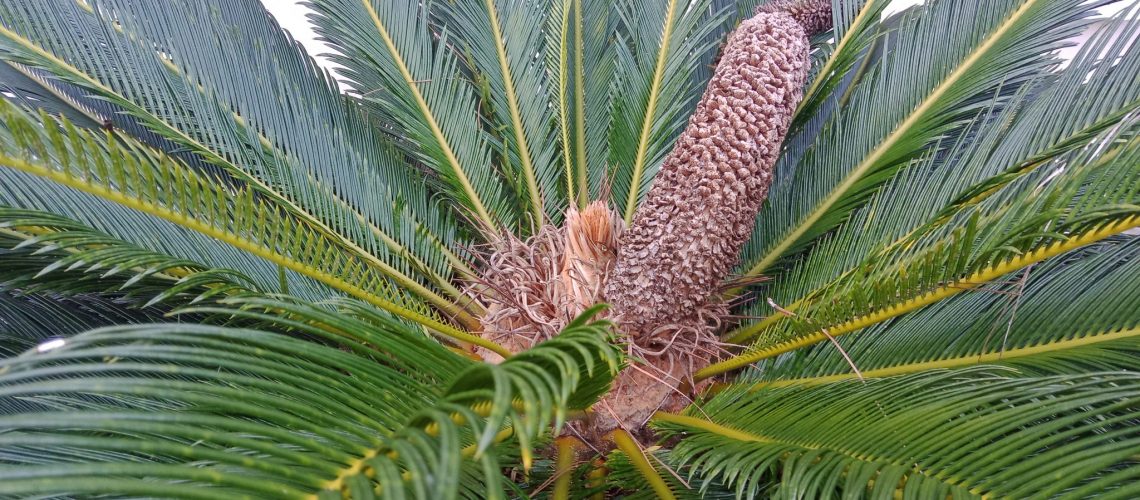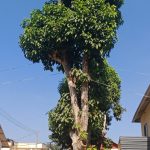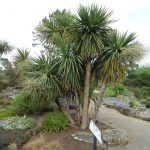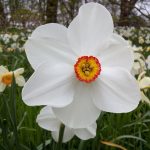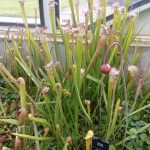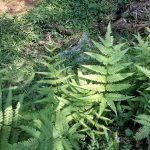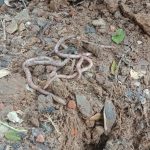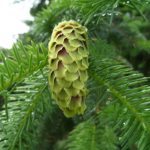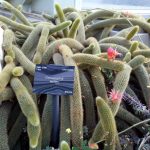LIFE AND CONTRIBUTIONS OF PROFESSOR BIRBAL SAHNI
- A very distinguished scientist who laid the foundation for the study of Botany in India is Prof. Birbal Sahni who had special interest in Paleobotany.
- He was born in the year 1891 and his hometown was Bhera in the state of Punjab. His father was Prof. Ruchi Ram Sahni who specialized in Chemistry.
- After graduating from Lahore in 1911, he continued his studies at the University of Cambridge.
Early Life and career
- After his studies at Cambridge, in 1914 he started his research in Botany under Prof. A. C. Steward
- He was given the responsibility of revising the “Textbook of Botany” by Lawson which showed his profound knowledge of Indian plants
- In 1919 he was awarded the Doctor of Science by the University of London for his studies on Paleobotany
- On returning to India in the same year he was in-charge of Botany Departments at the Banaras and Punjab Univerisites
- In 1921, he was given charge of the Department of Botany at Lucknow University as its first professor and later became Dean of sciences in 1933
- He held both these posts until his death
- When the Geology Department was started in 1943, he became the professor of Geology as he had also studied Geology
- Highlights of career
- Prof. Birbal Sahni was the first Indian Scientist to receive the Doctor of Science Degree
- He was the Honorary Professor of Botany at the Banaras Hindu University
- He was elected Vice- President of Paleobotany section in the 5th and 6th International Botanical Congress
- He officiated as the President of the National Academy of Sciences for two spells -1937 to 1939 and 1943 to 1944
- He was President of Botany Section at the Indian science Congress in 1921 and 1938 and held the position of General President at the Science Congress held in 1940.
- He was also elected the President of the International Botanical Congress to be held at Stockholm in 1950 but he suddenly passed away in 1949 before the event could take place
- He was designated by the Government of India to visit Research Laboratories in Europe, The United Kingdom and The United States of America to observe and set up research laboratories in India after Independence in 1947
- He was awarded Fellowship of most of the learned Societies in India
Awards and Honours
- He received the Barclay Medal by the Royal Asiatic Society of Bengal for outstanding researches in Biological sciences
- He also received the Sir C. R. Reddy National prize for Natural Sciences in 1947
- He was awarded the Honorary Doctorates by the Universities of Patna and Allahabad
- He received the Nelson Wright Medal of the Numismatic Society of India in 1945 for his article on the art of casting coins in Ancient India
Important Contributions of Prof. Birbal Sahni
- Though a Paleobotanist, most of his work was concerned with living plants
- Between 1915 and 1936 he did a lot of work on morphology and Phylogeny of Pteridophytes and Gymnosperms like Nephrolepis, Tmesipteris, Taxus, Cephalotaxus and Ginkgo.
- He contributed important landmark articles like “Observations on the branching in Filicales” (1917) and “The Ontogeny of Vascular Plants and Theory of Recapitulation” (1925)
- He studied the age of the Saline series of Punjab Salt Range and Deccan traps -his conclusion that they are of tertiary age is still accepted
- He published his researches on the Zygopteridaceae in 1918
- He collaborated with Prof. Seward and revised the Indian Gondwana plants and gave important data on Indian fossil conifers
- Between 1918 and 1949 he published articles on every aspect of Paleobotany
- He described many fossil materials from India
- He started and edited the Research Bulletin called “Paleobotany in India”
- He contributed his observations that solved the problems related to Paleographics and Geology of Permo-Carboniferous life provinces
- He contributed his ideas to explain Wegner’s theory of Continental drift and Himalayan Uplift
- The fossiliferous areas that interested Prof. Sahni were the RajMahal Hills of Bihar, The deccan series and the Salt range of Punjab
- He described a number of fossil forms including Homoxylon rajmahalense, Rajmahalia paradoxa and Williamsonia sewardiana
- His notable contribution was the institution of a new group of extinct plants –the Pentoxyleae
- He was instrumental in setting up the Institute of Paleobotany at Lucknow which is called the Birbal Sahni Institute of Paleobotany
